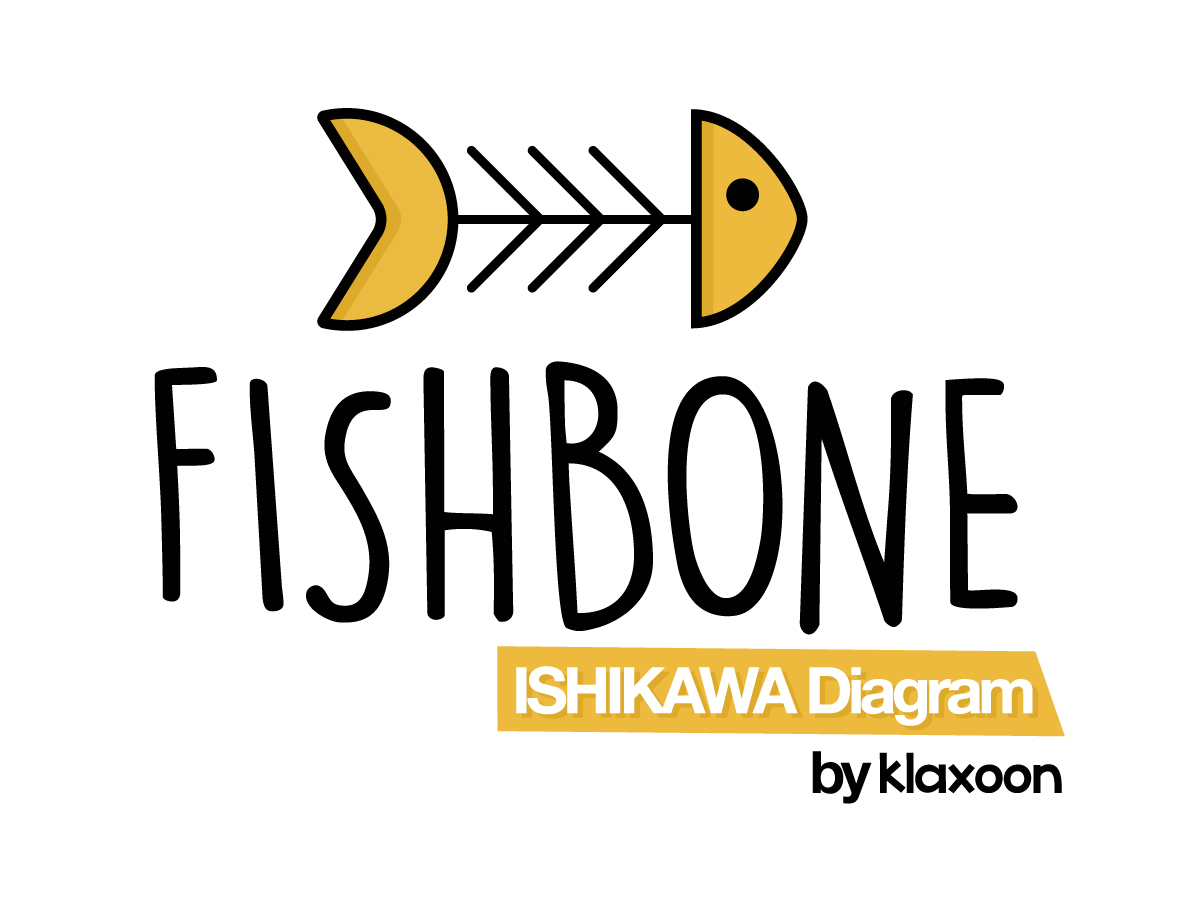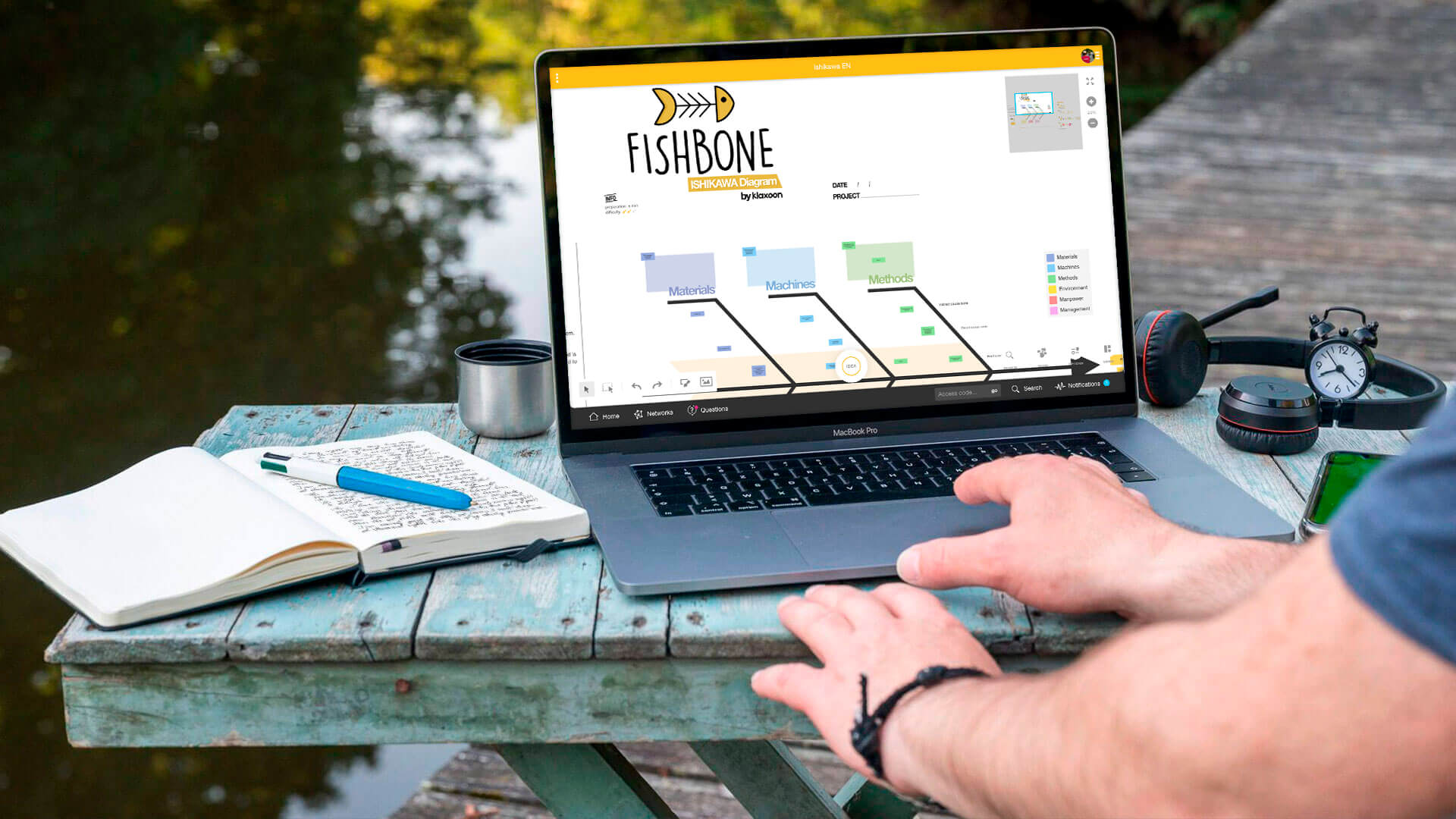Fishbone: identify the root causes of a problem to solve it
Published on February 14, 2025
Fishbone: identify the root causes of a problem to solve it


Also known as a Fishbone or cause and effect diagram, the Ishikawa diagram is an essential tool for team problem solving. When solving a problem as a team, identify all the root causes, organize them on the bones of the diagram and then list the actions to be taken to solve or eliminate them.

Where does the fishbone come from? Why this name for a project management methodology? Because this is the shape of the diagram, which is also known as the 5M method or the cause and effect diagram. This Fishbone diagram, or Ishikawa diagram, named after the Japanese engineer Dr. Kaoru Ishikawa, who invented it, is a problem-solving method frequently used in project management to improve performance.
Whether you’re in a face to face or remote meeting, with this diagram the team can look at a problem, identify all its causes, go back to the roots and determine the causal link. Now, all you have to do is define an action plan together to solve the problem effectively!
The Ishikawa diagram is a must when it comes to team problem solving.
Originating from quality management, this analysis tool used in quality management and risk management can also be very useful in project management.
As it is visual and easy to use, it can be used in all areas of activity too.
Analyzing risks and root causes and anticipating and resolving problems are vital to achieve project goals, from the planning phase onwards. With this method, you can work as a team to find and summarize the constraints that might make your projects fail, along with the goals and the means to make them successful.
What does 5M stand for in the 5M method? Material, Medium, Methods, Machine and Manpower are the five main categories of root causes to be analyzed to solve a problem, and the Klaxoon template adds Management to this list. This means you will examine six key criteria that can cause problems.


Prepare your whiteboard by entering the project name and date, then work out the problem for which you want to identify the causes. Write it down in the fish’s head, as the Effect.
Then, invite your team to log in for a brainstorming session. Use the Board's built-in timer to give everyone 5 minutes to post their ideas about the causes of the problem at the end of the bones. Choose the idea color depending on which “M” it corresponds to. If there are more than ten people in your team, you can divide yourselves into subgroups mixing people from different sectors for all-encompassing ideation.
Next, identify the nature of the cause: direct, indirect, or root. Note this in idea categories and place each idea along its bone positioning: indirect causes on the outside, direct causes in the middle, and root causes near the central bone.
Any time you want, switch to Column view to visualize your ideas differently: sort them by color to see them on the branches of the Ishikawa diagram, or sort them by category to see them according to the nature of their causes.
Now, all you have to do is define an action plan! Work together to develop appropriate solutions for each root cause, and divide the tasks, noting the name of the person responsible and the implementation date in Dimensions. You can carry on using your Fishbone whiteboard even after your workshop by asking your team a question directly under an idea. They will be notified immediately, and then will be able to help you solve this problem!
Get inspired by other templates from the same categories
Unlock your teamwork potential